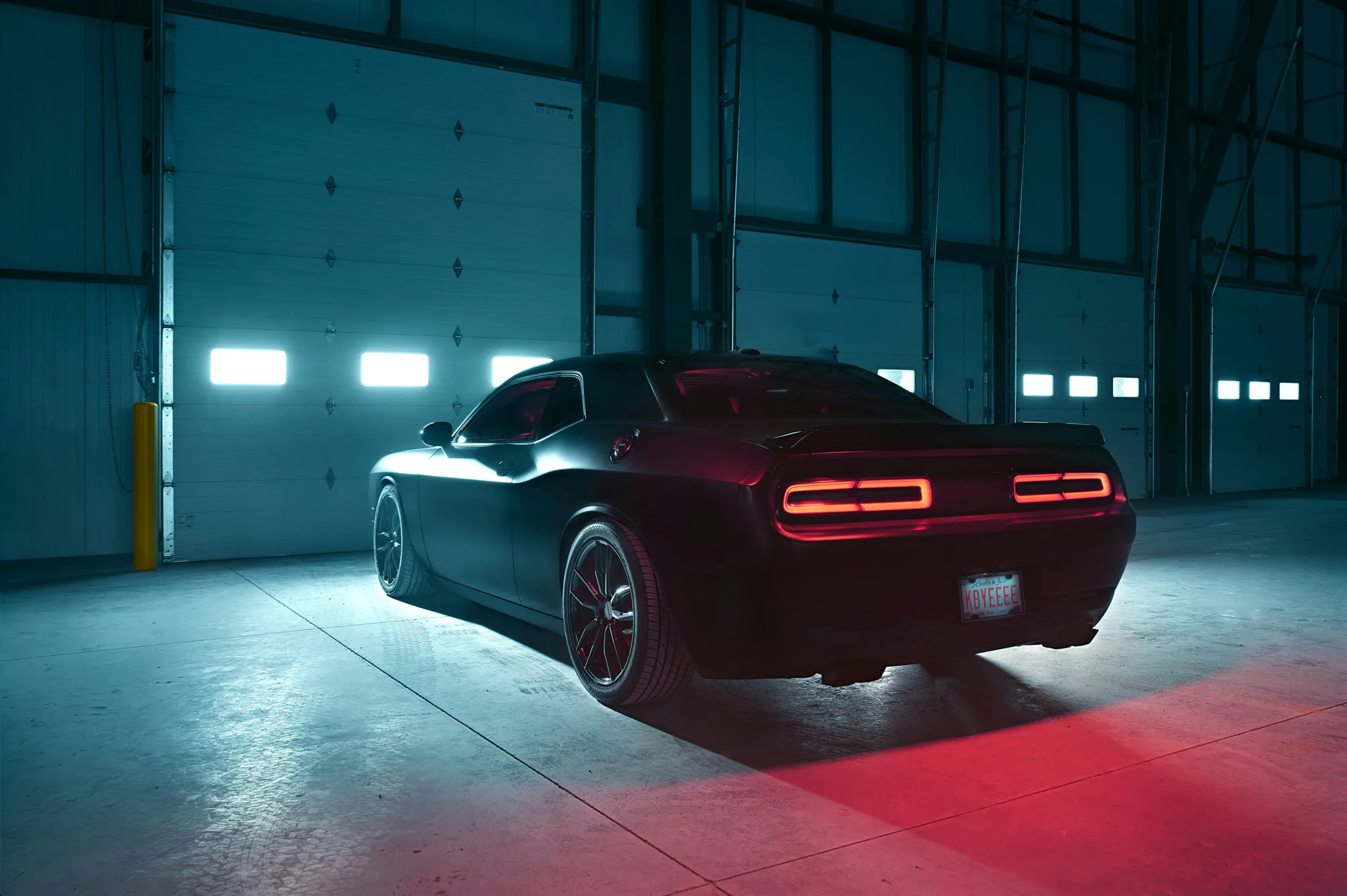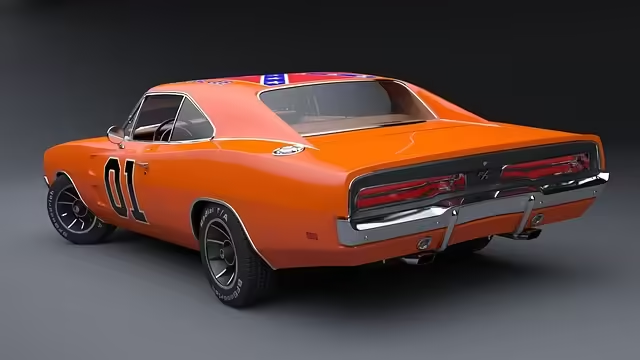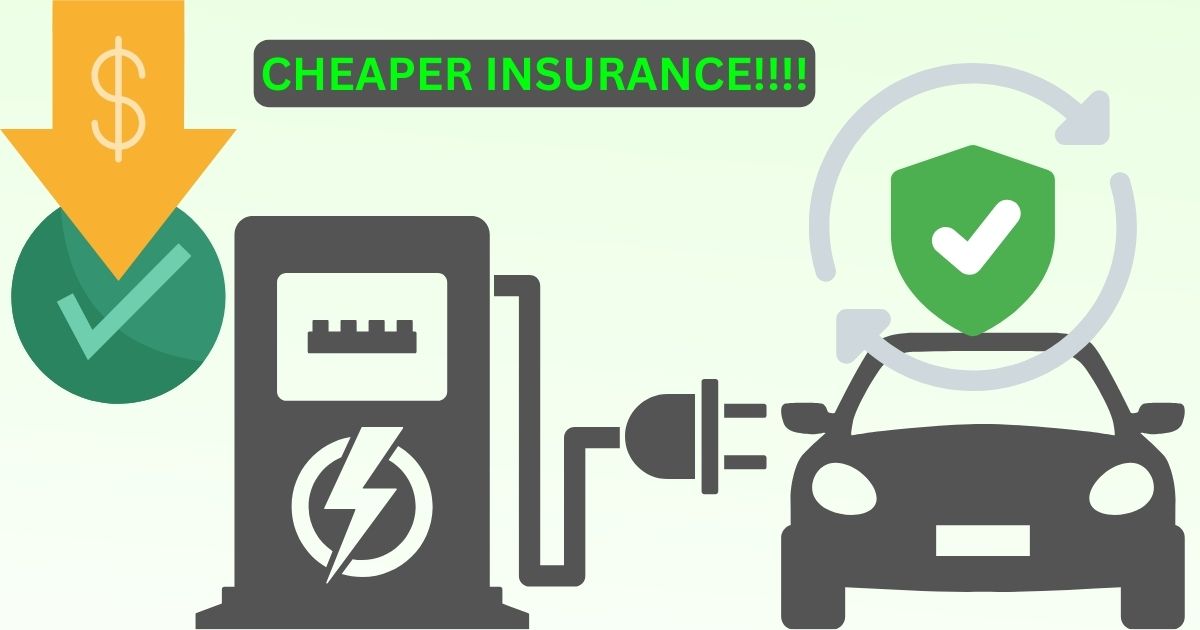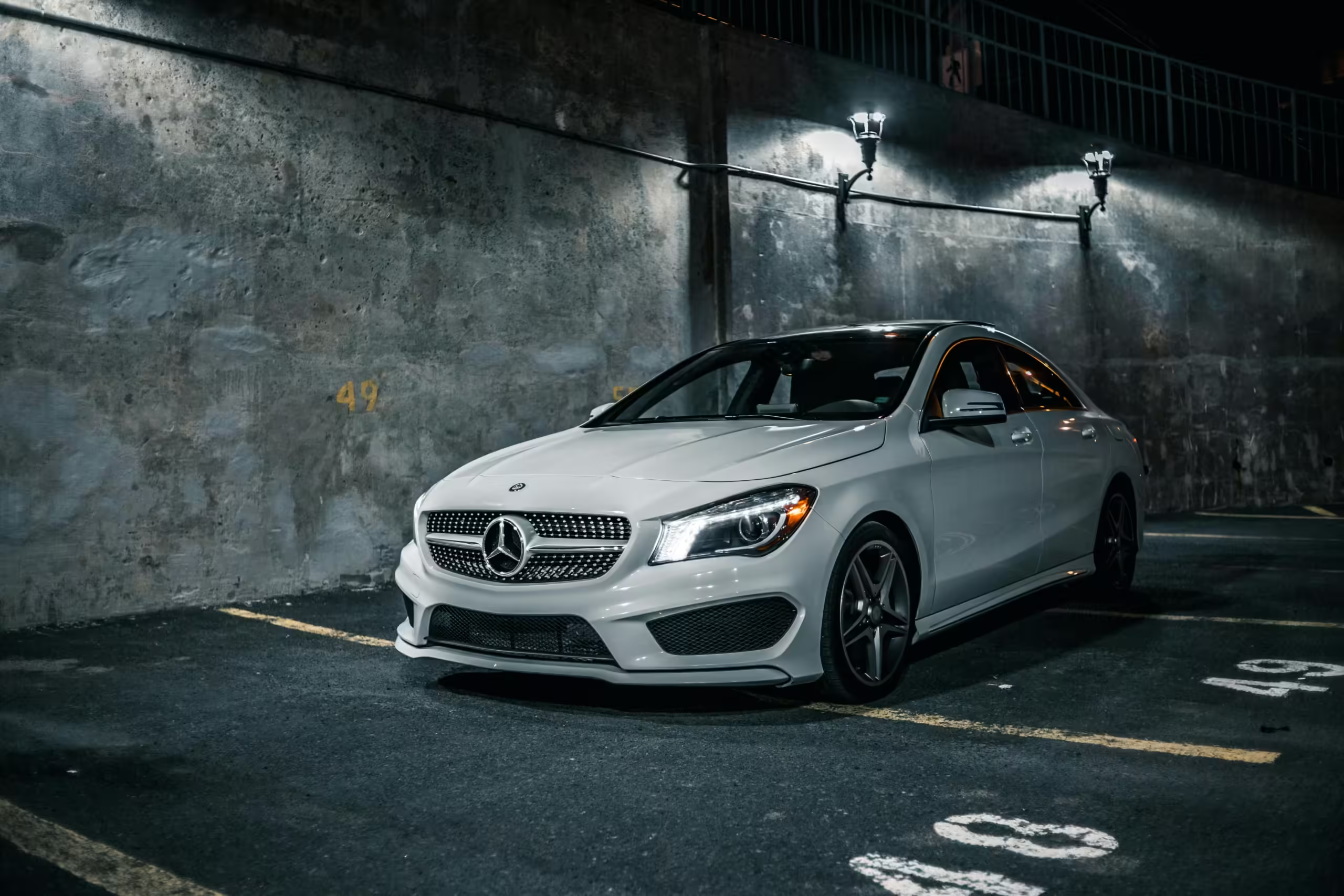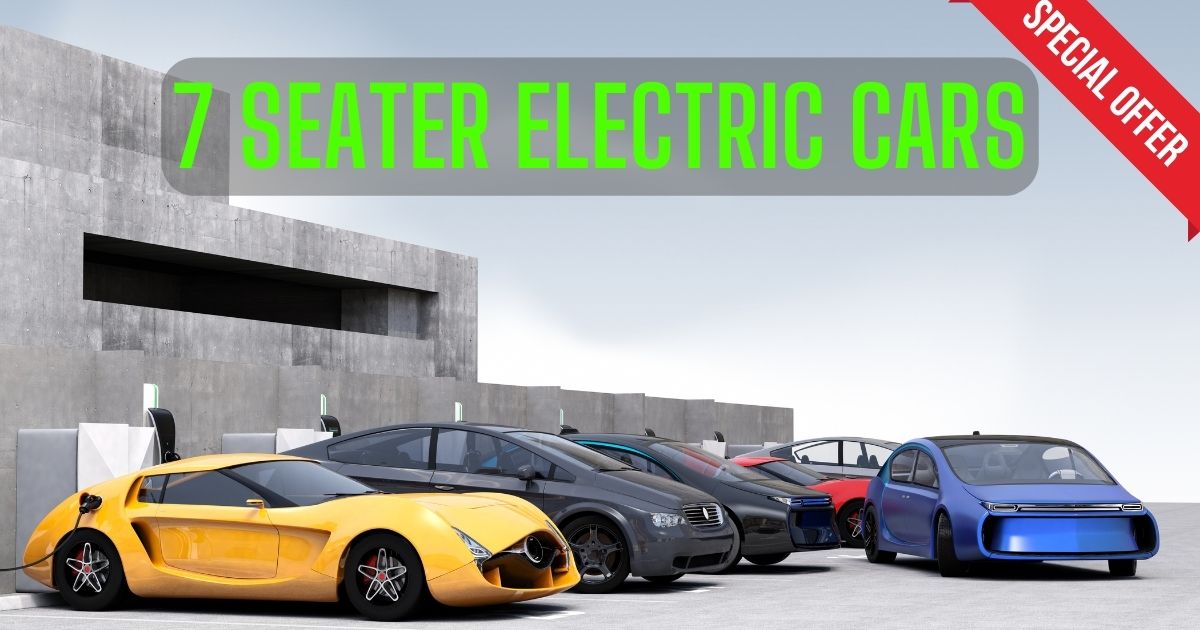The automobile industry is racing towards sustainable transportation with Australia being the front runner.
“BYD Electric Cars in Australia” The EV market in Australia has witnessed the rise of BYD (Build Your Dreams) as the leading brand. This Chinese company’s electric vehicle applications are very advanced and are the reason for the attention they have gained from both environmentally-aware consumers and industry professionals.
The arrival of BYD in the Australian market comes as a strategic move, securing a growing market for affordably-priced and reliable EVs. Together with the local distributors and dealerships, BYD enters the market and presents an assortment of various electric cars that are suitable for diverse consumer demand.
A survey, carried out by the Australian Bureau of Statistics found that the high number of electric car (EV) sales in the country; sale is expected to increase by more than 40% in the past year.
The underlying reasons for the growth in demand are heterogeneous issues like a hike in fuel prices, emerging environmental concerns and the government policies that encourage the use of green options in transport.
Are there BYD electric cars in Australia
I definitely recommend having a look at BYD (Built Your Dreams)’s electric cars as they are obviously available in Australia.
The Chinese automobile has taken a major part of the Australian market by providing some electric vehicles which is a step by step process of meeting sustainable transportation solution needs.
Some of the key BYD electric car models currently available in Australia include:
BYD Atto 3: As soon as this SUV shrunk, and was released, it got a reputation of the desirable car in Australia from 2022. The Atto 3 has an impressive range of up to 480 kilometers (WLTP) on a single charge and is equipped safely for families with modern safety technologies, and thus can attract buyers.
BYD Dolphin: Introduced in 2023 the hatchback is compact and the ‘Dolphin’ is an affordable entry-level option into the growing field of electric mobility. The Dolphin offers a range of up to 401 km (WLTP) and a stylish look. It is focused on people who are driving in the city and consider Android Auto and efficient eco-friendly as a priority.
BYD Yuan Plus: The space is practical for both its electric feature and power where the battery range is rated up to 510 km (WLTP). Yuan aesthetic and quality in both interior and exterior qualities had become favored by Australian family members, especially those seeking a safe, spacious and convenient electric vehicle.
BYD T3 Van: With a focus on fleets & businesses, the T3 van is the all-electric panel van with a maximum range of 300 kilometers on WLTP and spacey cargo area, giving a good reason why companies wanting to minimize their carbon footprint should choose it.
BYD Seal: The next model of a series vaned by BYD into the Australian market is the Seal, an excellent blend of luxury and speed characterized by an avant-garde design. Boasting an impressive range of 700 km (WLTP), and the state-of-the-art driver-assistance techs, Seal certainly has a good chance of lining up against the cream of the crop EV competitors in the local market.
With the help of local distributors and dealers, BYD has set up sales, service, and support outlets through Australia. To the extent that the demand for electric vehicles is on the rise, BYD will gain the Australian market more, with the addition of newer models and the establishment of more sales and service centers.

Which Country Manufactures BYD
BYD (Build Your Dreams) is a Chinese multinational enterprise with the home-based of its principle business at Shenzhen, Guangdong Province, China. Concern is the shell created in 1995 which mainly focused then on rechargeable batteries production. However, it later extended its activities to the automotive sector with specific emphasis on EV.
BYD, among the world’s largest manufacturers of electric vehicles, has operations across different fields including automobiles, electronics and alternative energy. The brand have established itself as a major player in the EV industry in China and also abroad, especially in some foreign countries like Australia.
Notwithstanding the fact that BYD owns manufacturing facilities and operations in many countries, the main production site and the headquarters are still situated in China. The company’s main automotive plants are situated in Shenzhen, Xian and Changsha and other cities in China.
Which Company Manufactures BYD
BYD is a company of its own, being a self-owned enterprise. This makes it the unique manufacturer of the product.
BYD is a Chinese multinational entity (MNE) which was established in Shenzhen (known as City of the South), a major city in the Guangdong province of China’s People’s Republic. In 1995 it was founded and presently operates a series of products namely vehicles, electric bicycles, buses, trucks, forklifts, solar panels, phone units and rechargeable batteries.
The BYD Company operates vertically, instead of outsourcing the production, design, and supply operations to other companies.
The company has its own deep R&D expertise which along with the manufacturing facilities, which are mostly situated in China, form a solid basis of its competitiveness in the market. BYD does not leave-out the production of its own vehicles and any other products to the other factory owners as an outsourcing.
Whilst BYD has partnered and joint ventured with other companies in areas mentioned above for purposes of assembly, distribution and sales, it still maintains autonomy as this company is directly in charge of the design, engineering and the core manufacturing process for its products, such as the BYD electric cars currently sold in Australia.
BYD is a stand-alone company, which manufactures its own products, like the EVs, which it introduced to the Australian market, but does so independently and without a foreign company owning or making their products.
BYD Prices in Australia 2024
Many factors influence vehicle pricing, and as a result, manufacturers most often do not disclose the price of their models until the new model comes out.
However, below are the current pricing range for some of BYD’s popular electric car models available in the Australian market:
BYD Atto 3: Atto 3’s tiny SUV will be available from around AUD 44,000 approximately for the entry-level model, yet some high-end models will be around AUD 49,000 approximately.
BYD Dolphin: Popping up last year, the BYD entry-level Dolphin hatchback has a starting price of around AUD 35,000, thus, one of the cheapest electric vehicles in the Austrian market.
BYD Yuan Plus: The medium sized Yuan Plus SUV is ranging from AUD 49,000 to AUD 55,000 depending on the differences of versions and optional accessories.
BYD T3 Van: The starting price of T3 Van, BYD’s model suitable for commercial and fleet use begins at approximate AUD 40,000.
BYD Seal: Predicted to be in the price range of AUD 60,000 to AUD 70,000, the Seal, as BYD’s newest contest in the Australian car market, is anticipated to be the first one with the luxury dimension premium electric sedan.
This is also to point out that most of these prices are just tentative and may change depending on some other factors like location of dealership, dealer’s fee and any available government schemes or subsidies.
Furthermore, BYD is constantly widening the scope of its product catalogue, possibly incorporating new models in Australia into the market by 2024, thus it can be expected that the pricing strategies may also have an adjustment.
To seek the latest and most updated prices of BYD electric cars in Australia for the 2024 model year, one should perhaps correspond with authorized BYD dealerships or the company’s official website once the release date is near.
Whichcar
Chinese automaker BYD, short for Build Your Dreams, was founded back in 1995 and started delivering to Australian customers in 2022.
With an EV-only line-up, BYD currently offers two electric cars, the top-selling Atto 3 and the newly launched BYD Dolphin. With a competitive price position, the brand’s mission is to create a clean-energy ecosystem by reducing pollution and global reliance on fossil fuels.
Interestingly, the Atto 3 name is inspired by the smallest time scale unit in physics, the Attosecond.
Conclusion
The arrival of the BYD electric cars in Australia is a very important step for the country on the way to green mobility development. BYD’s electric cars, which have an excellent battery technology, high energy efficiency, and a focus on safety, provide a very convincing offer for environmentally oriented consumers that want cheap and reliable electric mobility solutions.
With the charging infrastructure growing rapidly and the governments offering incentives, the barriers for EV are quickly declining. Consumers in Australia can obtain the advantage and cost-effectiveness of electric mobility as well as help achieve a cleaner and more sustainable future by driving BYD cars.
BYD’s aggressive scale-up strategy together with its steadfast devotion to sustainable development makes it the right driver of the electric revolution in Australia. With the world making the shift to a greener tomorrow, the time to embrace electric vehicles is now, and BYD is prepared to take the lead in the move.

